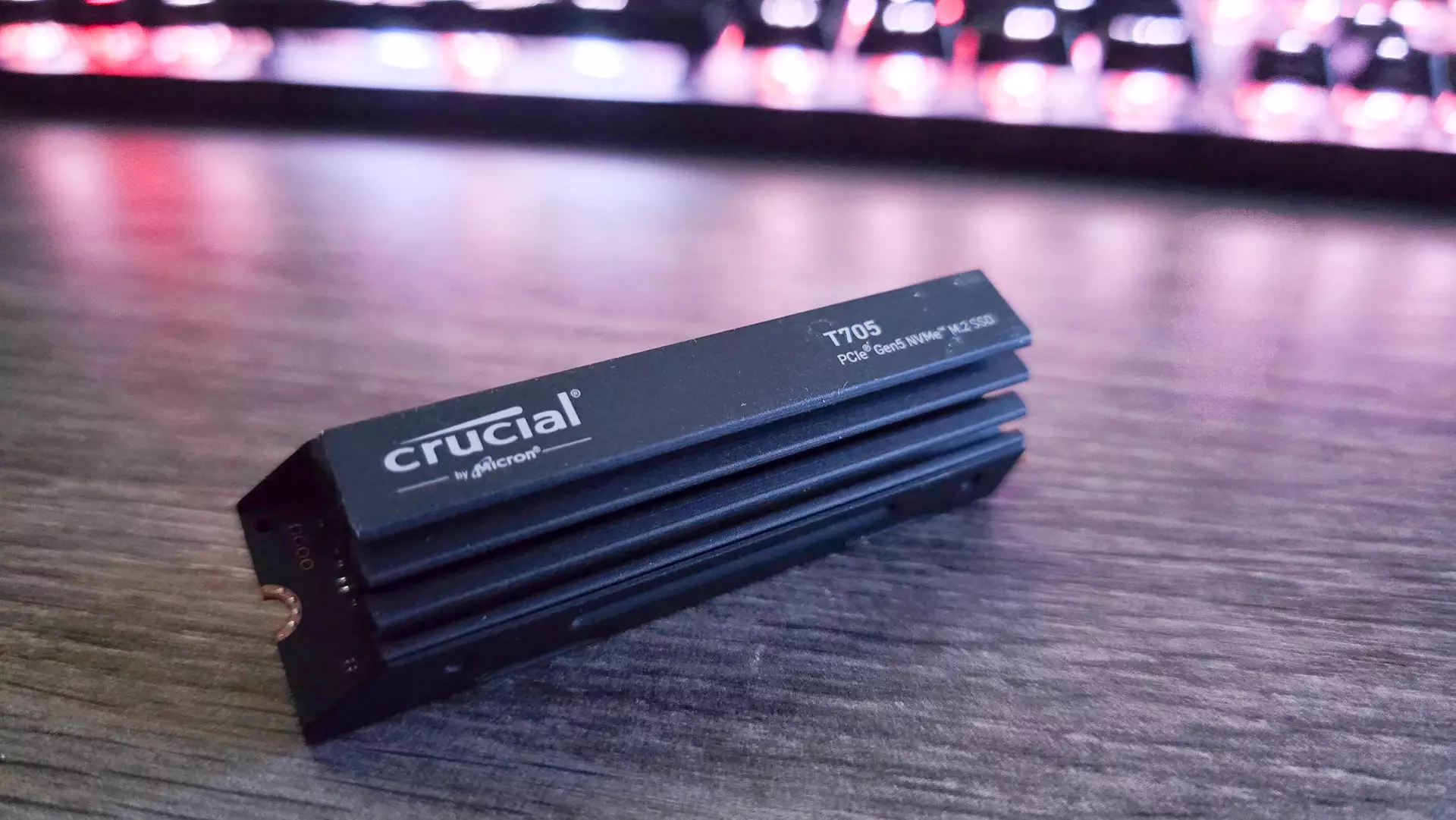The explosive growth of cryptocurrency adoption has often been fueled by promises of financial freedom, technological innovation, and the allure of a decentralized future. However, beneath these enticing prospects lies a less discussed, yet critically important issue: the impact on everyday hardware, specifically solid-state drives (SSDs). While many investors and enthusiasts focus on market volatility, security, and regulatory developments, they tend to overlook the silent wear and tear inflicted on their storage devices—particularly those involved in crypto transactions via browser extensions like MetaMask.
Recent reports highlight that some users of popular crypto wallet extensions are experiencing unusually high disk activity. While software developers assure that such activity is normal to an extent, the reported rates—sometimes reaching 5 MB per second—are unnervingly high. This level of sustained data transfer can amount to hundreds of gigabytes daily, raising concerns about accelerating SSD degradation. Given that SSDs operate with a limited number of write cycles, excessive data writes could significantly shorten device lifespan, especially when compounded by other regular computing tasks.
The True Cost of High-Volume Data Writes
Understanding the implications requires a brief overview of how SSDs operate. Unlike traditional spinning hard drives, SSDs rely on flash memory cells, which are enduring for a finite number of program-erase cycles. For example, a typical consumer-grade SSD with a 1,500 TBW (Terabytes Written) endurance rating theoretically allows for over a decade of regular use. Yet, this buffer diminishes rapidly if applications aggressively write large amounts of data. An app writing 500 GB daily, for instance, would, in less than a decade, push the drive toward its endurance threshold.
While this might seem like a distant concern—especially considering that most storage devices last years—it’s worth noting that some drives may fail prematurely under persistent high-write conditions. The global proliferation of crypto wallets that frequently sync or store transaction data on local devices exacerbates this risk. For everyday users who rely on their SSDs for work, gaming, and data storage, such hidden stressors can translate into costly hardware replacements or data losses.
Crypto Adoption’s Overlooked Infrastructure Impact
The peripheral impact of crypto is often underestimated. Discussions tend to revolve around blockchain scalability, energy consumption, or regulatory frameworks, but the infrastructure toll on personal hardware is seldom addressed. With new regulations like the US’s GENIUS Act aiming to formalize certain stablecoins, mainstream interest in crypto could surge, pushing more users to install wallets and associated applications.
This inevitable growth suggests that more individuals will unknowingly contribute to hardware stress, which—if unmonitored—can lead to premature device failure. The severity isn’t just about individual inconvenience; it could signal broader issues for data centers, hardware vendors, and consumers alike. As the crypto ecosystem continues to evolve, understanding how software choices influence hardware longevity becomes an essential aspect of responsible participation.
The Responsibility of Developers and Users
Application developers bear a degree of responsibility for optimizing their code to mitigate unnecessary write operations. The recent acknowledgment from MetaMask about high disk activity and their promise of forthcoming fixes exemplifies a step in the right direction. However, users must also be proactive. Regularly monitoring disk activity, understanding their device endurance ratings, and adjusting usage habits can extend drive lifespan.
Crypto enthusiasts and prospective investors should consider not just the financial risks but also the wear and tear on their personal hardware. Awareness of such issues should influence their choice of wallets, browser configurations, and even storage devices. Switching to SSDs with higher endurance ratings or deploying alternative methods to store blockchain data might be prudent strategies.
A Call for Industry-Wide Awareness
Ultimately, the cryptocurrency industry needs to recognize that the pursuit of innovation and usability must be balanced with hardware sustainability. As the sector matures and more mainstream users enter the fold, the overlooked issue of data write burdens should be addressed at a systemic level. Developers, hardware manufacturers, and regulators must collaborate to establish best practices—such as optimizing data synchronization processes, implementing more efficient storage algorithms, and educating users on hardware longevity.
While the fascination with crypto’s potential remains undiminished, neglecting its infrastructural footprint could lead to unnecessary hardware obsolescence and financial loss. As users, we should demand smarter, more sustainable solutions and hold industry players accountable for minimizing long-term hardware costs. The future of crypto may be bright, but safeguarding the devices that enable it is a responsibility that cannot be ignored.

